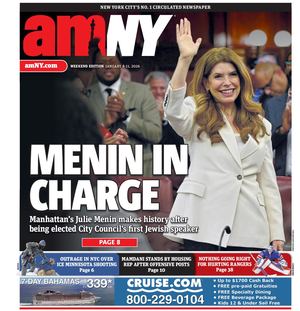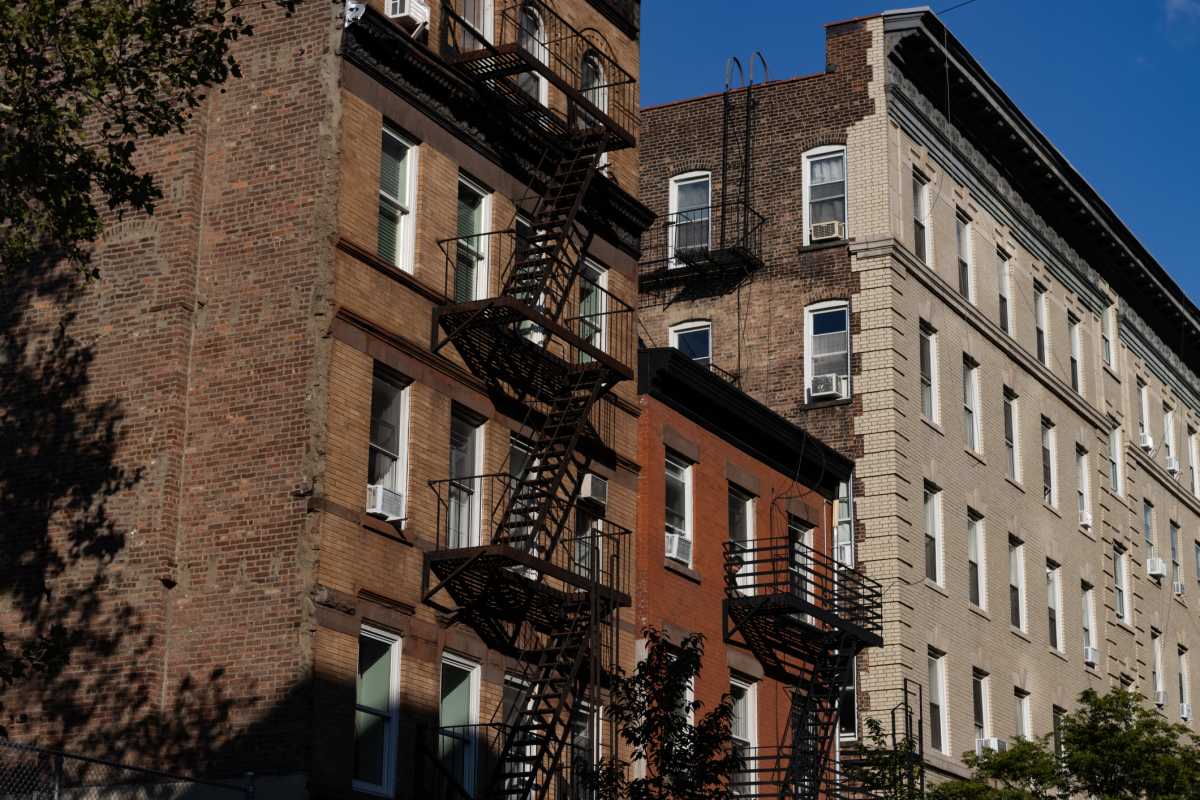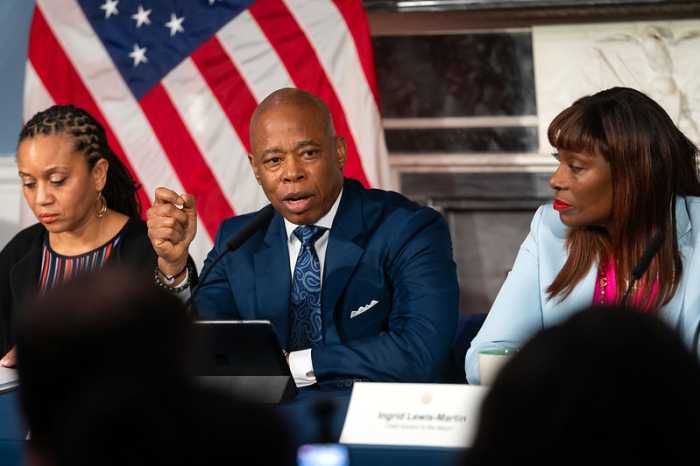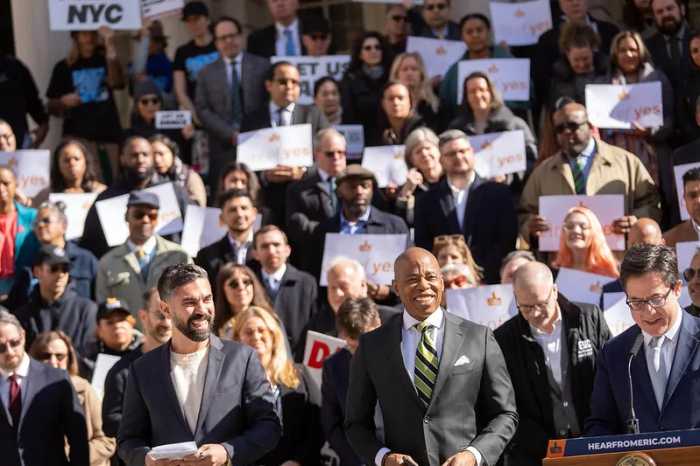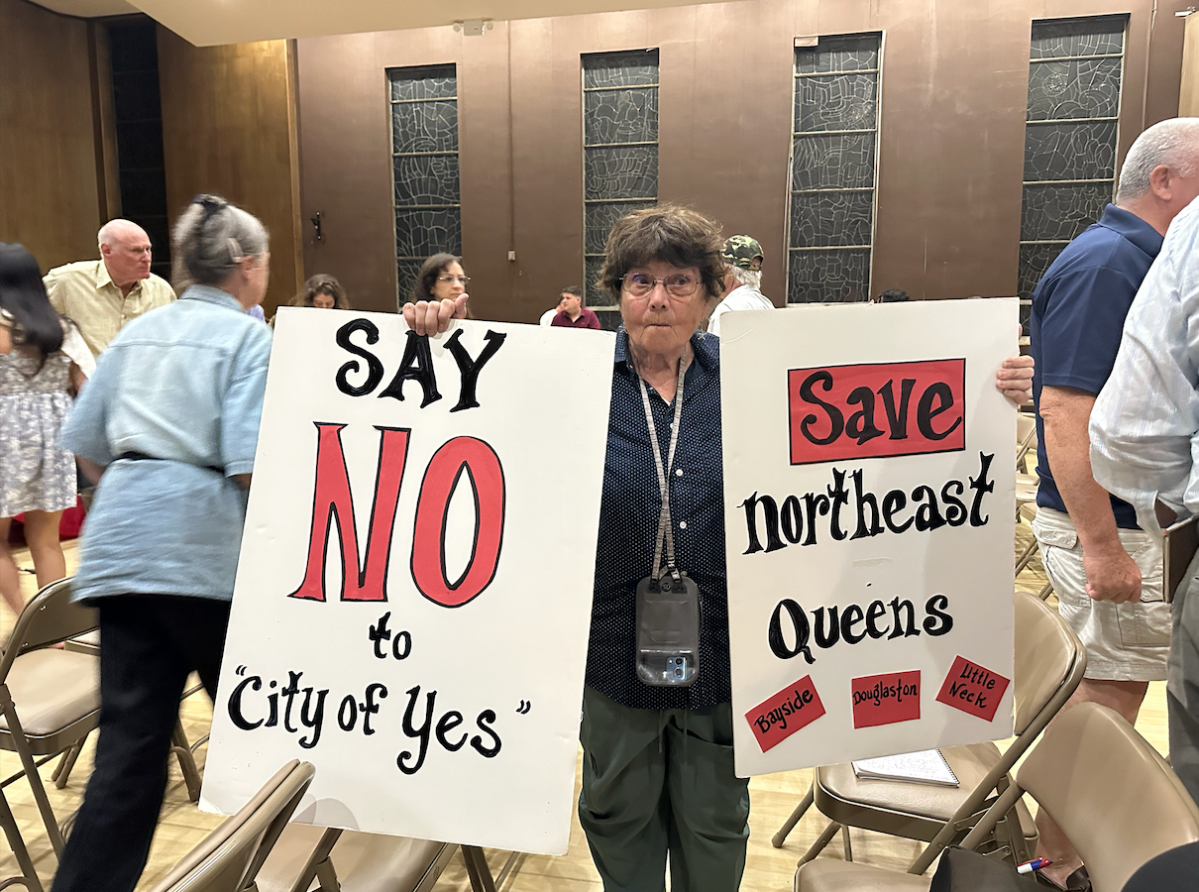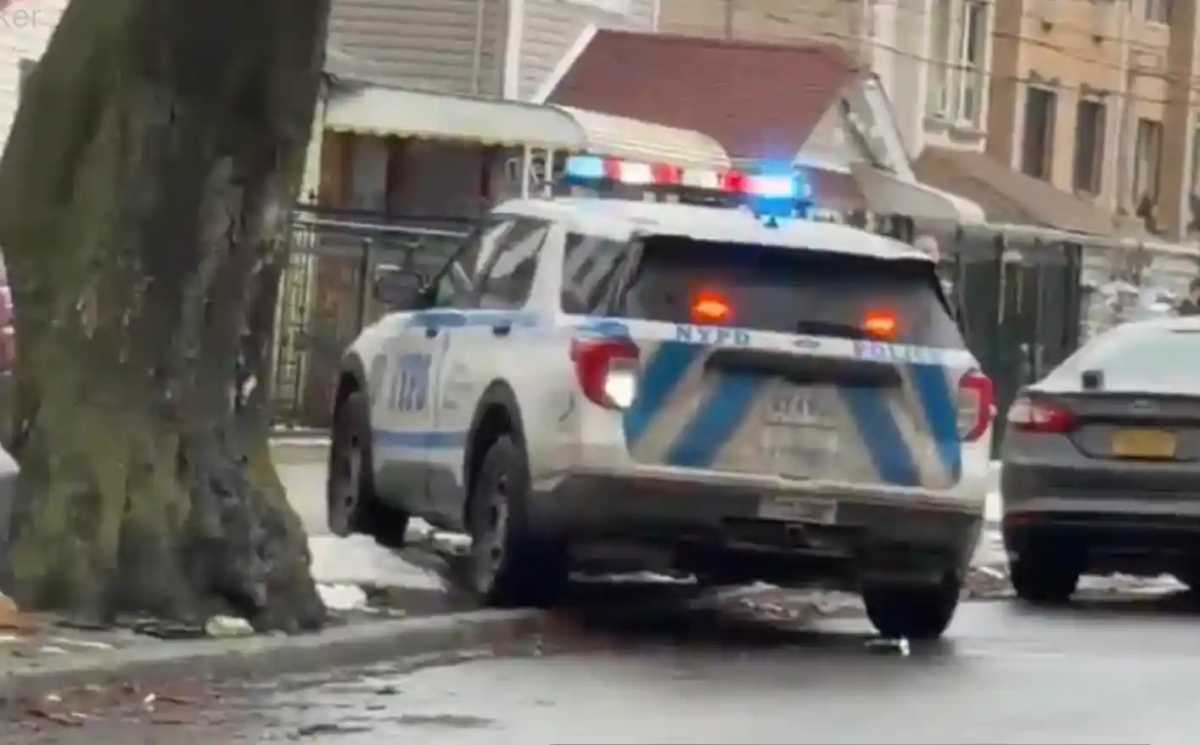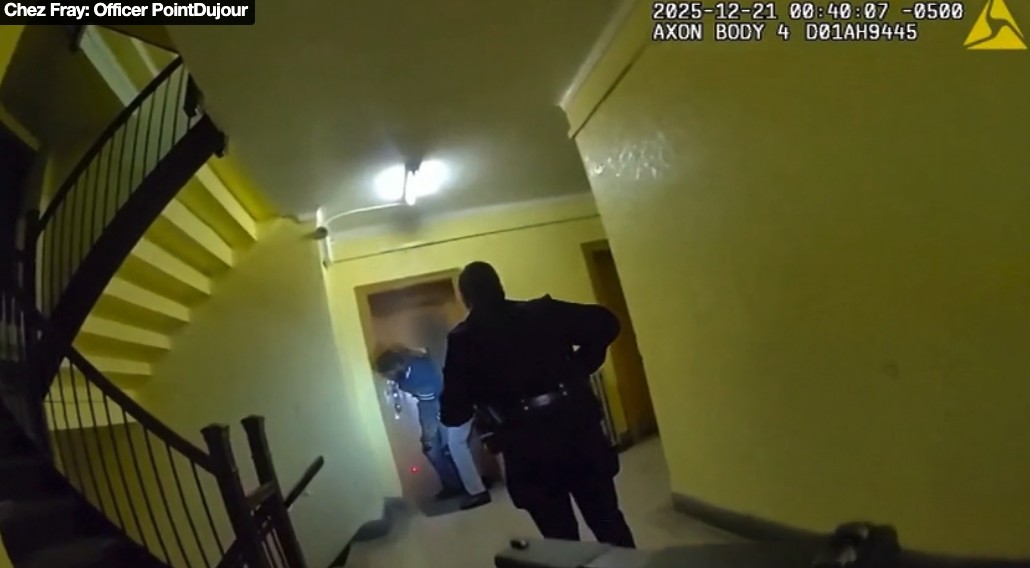For too many New Yorkers, having a home in our incredible city has simply become too expensive. And yet, when given the opportunity to expand housing options and slow the runaway growth of rents and home prices, far too many of our neighbors stream into their community boards and do all they can to block new housing.
The Adams Administration’s City of Yes for Housing Opportunity plan lays out proposals to modernize our restrictive zoning codes that have not had a meaningful update in roughly 60 years. Our current codes were written in a different era with different housing priorities and challenges, and for a far less diverse and inclusive city than we have today.
This plan has been carefully crafted so that each of its proposals provide solutions to match the existing character of the neighborhoods where it could be put into practice. As an entire package, City of Yes has the potential to create the housing we need citywide. Unfortunately, it’s running into the same “not-in-my-backyard” buzzsaw that for decades has stalled progress in equitably combatting our constantly deepening housing crisis.
The inevitable NIMBY backlash has resulted in an atmosphere of fearmongering and untruths, some of which were aired at a recent City Council hearing. So, before we talk about what it will do, we need to say what City of Yes will NOT do. It is not a plan to steal people’s homes, gentrify low-income communities, or build luxury skyscrapers in low-rise neighborhoods.
What City of Yes will do is update New York’s outdated, restrictive zoning regulations, and give us a toolbox of resources to meet our current housing needs. It will promote more equitable neighborhoods across our city by enabling the construction of more housing of every type that fits each community’s unique character.
The proposals included in City of Yes are organized by neighborhood density, providing appropriately scaled opportunities for a variety of communities. At its core, the plan is what it says it will be, a path forward to create a little more housing in each neighborhood.
For low-density neighborhoods, City of Yes would reintroduce town center zoning to allow ground-floor commercial with 2-4 stories of housing above; allow 3-5 story apartment buildings within half a mile of subway or rail stations; permit accessory dwelling units; and give homeowners the flexibility to adapt their homes to meet their families’ needs.
In medium- and high-density neighborhoods, City of Yes would introduce Universal Affordability Preference, which will allow buildings to add at least 20% more housing if the additional homes are permanently affordable at 60% of area median income.
Finally, the plan includes proposals to remove costly parking mandates, allow for the conversion of non-residential buildings to housing, and allow small/shared housing and campus infill.
Additionally, City of Yes is also projected to boost our economy by creating jobs in construction and maintenance, adding an estimated $58.2 billion to the city’s economy over the next 30 years and giving tenants more options, and more power, to improve their living conditions at an affordable level.
We live in a city of nearly 8 million people where the vacancy rate is at an historic low of 1.4%, and where 81% of households that earn less than $50,000, and 85% of households earning less than $25,000 per year are rent burdened. This extremely tight housing market begs for the creation of more housing.
However, the combination of our outdated and complicated zoning regulations and NIMBY sentiment has led to insufficient development siloed only to certain neighborhoods. According to the New York Housing Conference, in 2023 10 Community Districts produced as much new housing as the remaining 49 Community Districts combined. This housing crisis is a citywide problem, and we need every neighborhood to do its part. City of Yes will give each community the means to do that in a way that works best for them.
Zoning isn’t sexy, but it is the key to unlocking or blocking development. It can make a neighborhood more inclusive or more exclusive, and more affordable or less attainable. And in that respect, it can dictate who gets to live where, and which of us have more or less opportunity to grow a family and age in place, and access to jobs, healthcare, transit, and other goods and services.
Mayor Adams and his team have presented a thoughtful plan that reflects the gravity of our housing crisis and offers a comprehensive approach to making housing more abundant, accessible, and affordable. As we move forward, let’s say yes to the City of Yes and work together to ensure a brighter, more inclusive future for all New York City residents.
Read More: https://www.amny.com/opinion/
